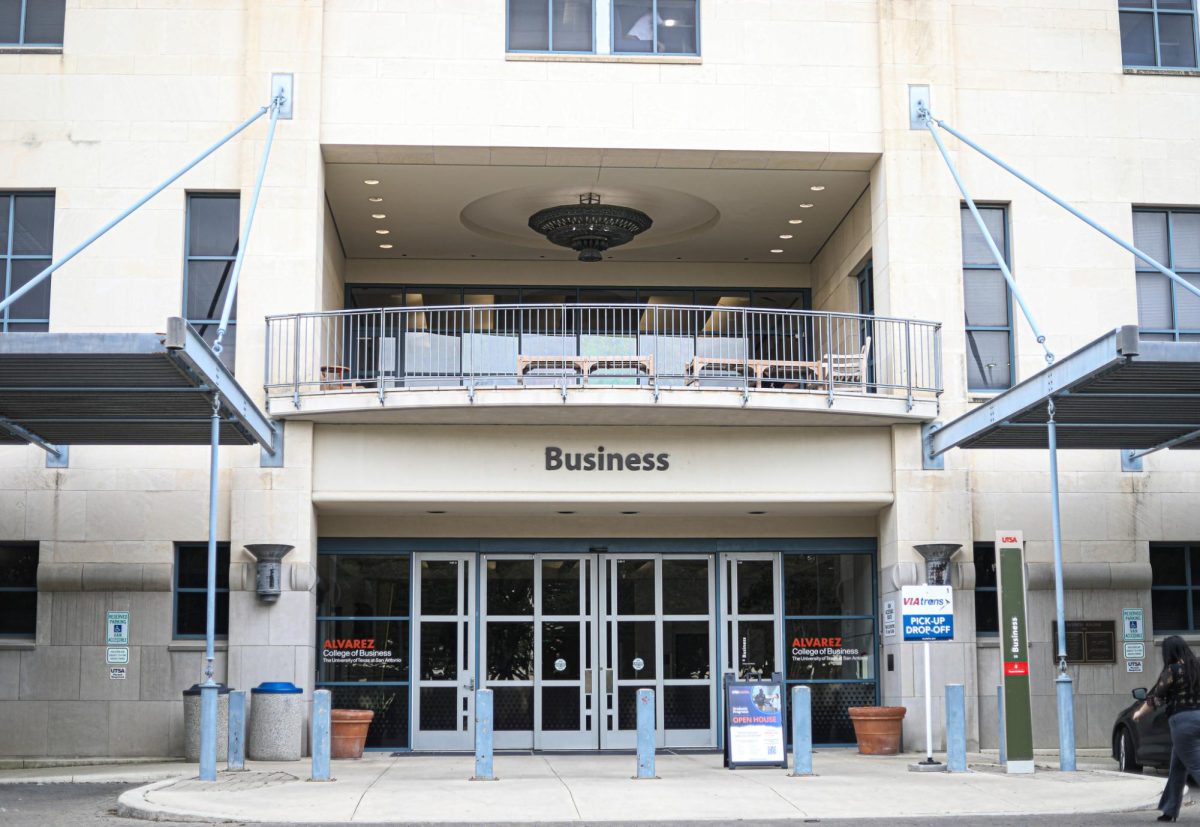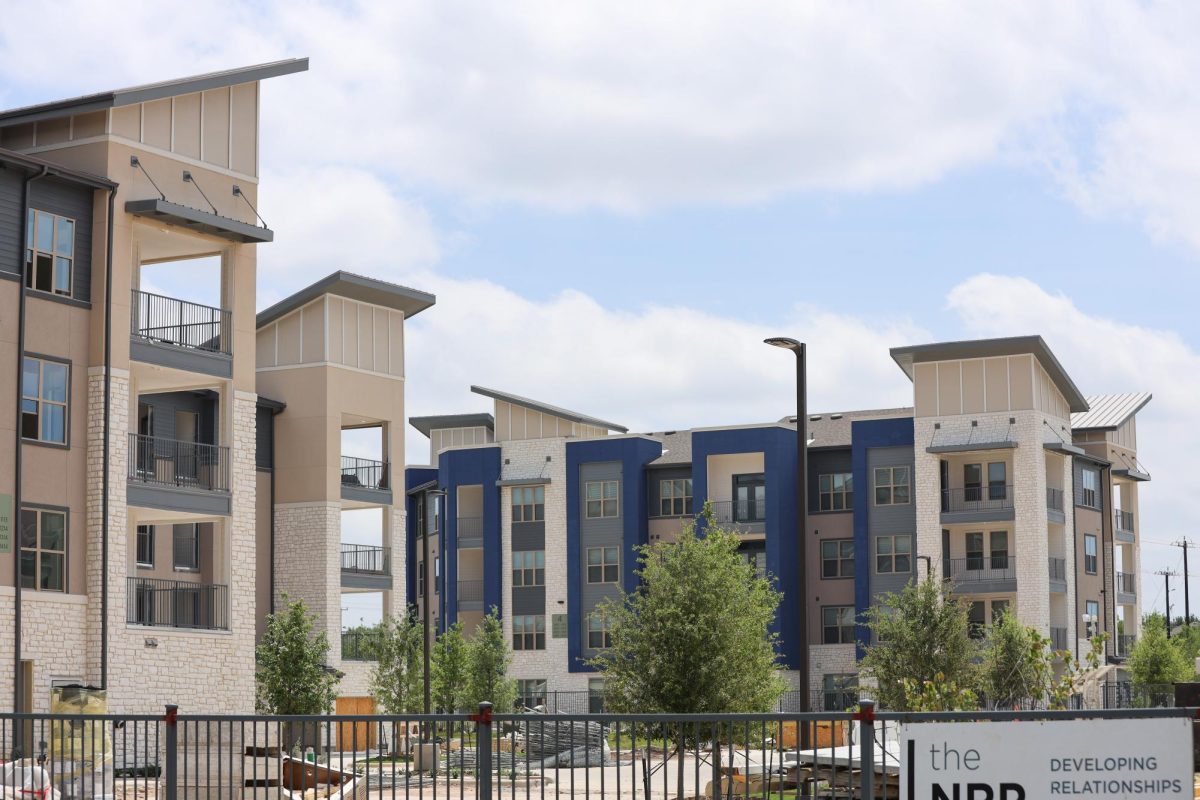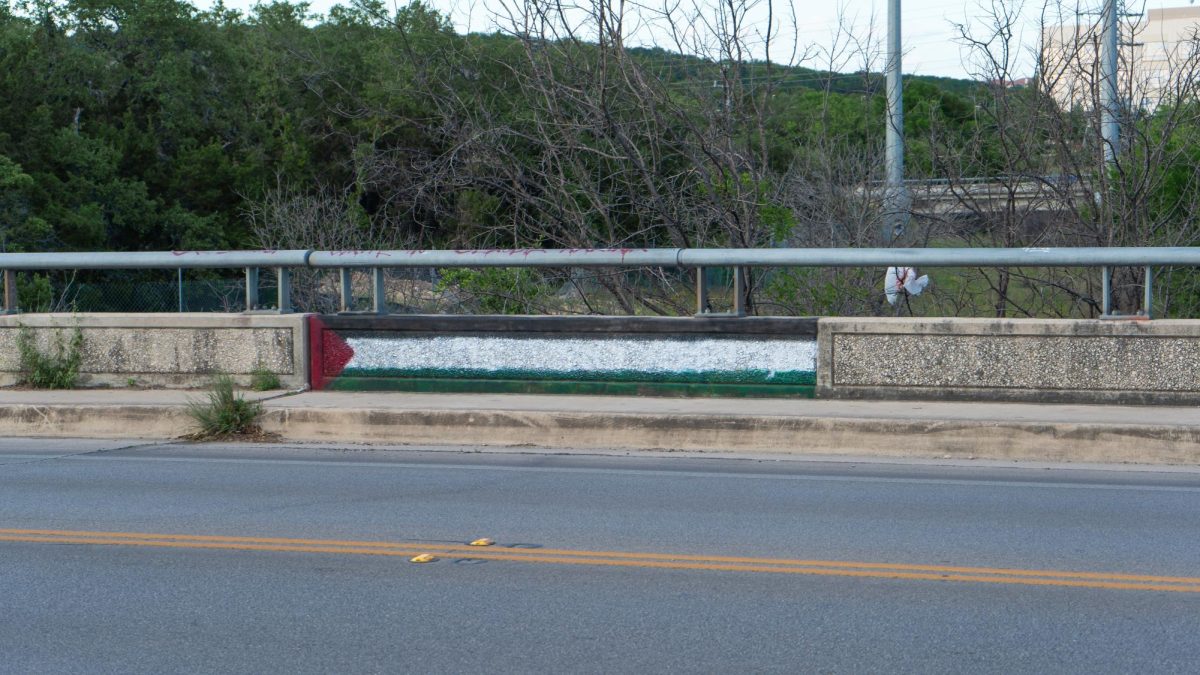
The University of Texas at San Antonio will celebrate its 40th Anniversary on Oct. 15 during President Romo’s Scholarship and Awards Dinner at the Marriott Rivercenter hotel.
On June 5, 1969, UTSA was established when Texas Governor Preston Smith signed a bill sponsored by Texas Representative Frank Lombardino.
The establishment of the University also marked the end of San Antonio as the largest city in Texas without a four-year state college.
Once the bill was signed, the real work began. The newest university in the UT System needed faculty and staff, students, degree programs, land and buildings.
The issue of where to build the University was settled in 1970 when 600 acres were donated to the UT Board of Regents (the future site of the Main Campus). However, some controversy ensued over the location at Loop 1604 and Interstate 10. Some San Antonians wanted the university located in a more central location. At times the university was referred to UTSA as the University of Texas at Boerne.
While San Antonio waited for its university to be built, temporary facilities were acquired so that administrators, students and faculty could get to work. The Koger Executive Center at Loop 410 and Babcock Road was chosen to house the first classes¬–only graduate students began in 1973, and enrollment was about 1,200 students in the spring of 1974.
In 1975, the Main Campus opened and undergraduates were welcomed about 2,200 student body. By then, UTSA had built a strong foundation for itself. As the timeline below shows, UTSA has continued to grow enrollment, prestige and tradition.
English professor John A. Stoler, Ph.D., was employed at UTSA from 1974-2004. He currently teaches an English course at UTSA under the modified service program.
Stoler said that the three biggest changes he has seen at UTSA are increases in enrollment, the addition of new graduate programs, and the growth in site and quality of the academic departments, including faculty.
“I’d also say that ethnic/racial diversity has increased significantly during my tenure, as well as the caliber of the student body,” Stoler said.
Parking, he says, has always been a problem.
“School spirit, however, has definitely increased over the years, especially since the addition of on-campus housing,” Stoler said.
Stoler also reflected on the earlier years of his career at UTSA. The youth and small size of the University afforded faculty more opportunity to influence the university’s policies.
“During my time here I helped institute the college of liberal and fine arts (COLFA) advising center, develop university core curriculum standards, and initiate the ability for students to count one course towards multiple degree plans,” Stoler said.
If he could change something about UTSA, Stoler would like to see more funding for the liberal and fine arts.
“Degrees in COLFA often take a back-seat to programs such as those in the college of sciences and business,” he said.
What does he see in UTSA’s future?
“President Romo will likely continue to push the university toward tier-one status, and that will contribute to an increase in the hiring of well known scholars in university departments,” Stoler said.











